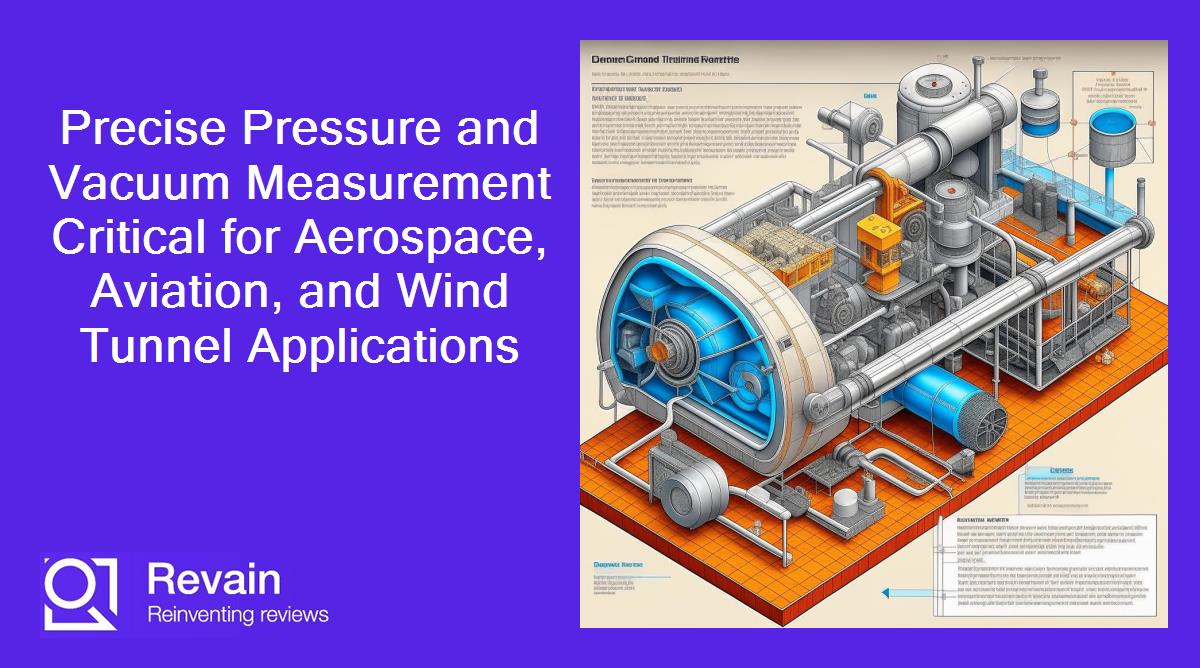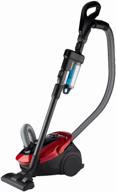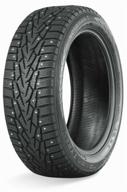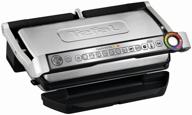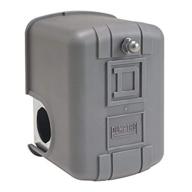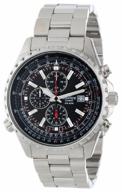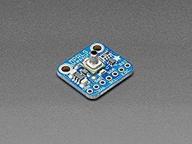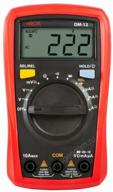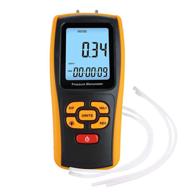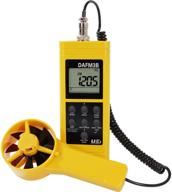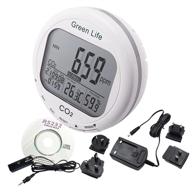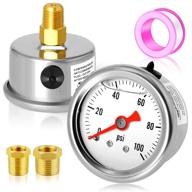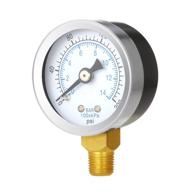Similar products
Common Pressure & Vacuum Measurement Applications
Precise pressure and vacuum measurement is critical across many industries and applications. Some of the most common uses for pressure and vacuum monitoring include:
HVAC Systems
In HVAC (heating, ventilation and air conditioning) systems, pressure sensors monitor the airflow and duct pressure to ensure proper ventilation, heating and cooling. Typical HVAC pressure ranges are 25 Pa to 2500 Pa. Sensors such as differential pressure transmitters and switches are used to measure:
- Filter status
- Fan and blower operation
- Presence of leaks
Manufacturing Processes
Industrial manufacturing relies on pressure measurement for quality control and process monitoring. Pressure sensors are built into equipment like autoclaves, reactors, and hydraulic presses. Vacuum sensors also help monitor vacuum-based processes like food and pharmaceutical lyophilization. Common ranges are -100 kPa to 30 MPa.
Automotive Systems
In automobiles, the engine manifold pressure is monitored along with tire pressure. Pressure sensors help optimize combustion, reduce emissions, and prevent tire blowouts. Pressure ranges are typically 7 kPa to 700 kPa. Vacuum sensors check for intake manifold leaks.
Aerospace/Aviation
Altimeters measure air pressure to determine aircraft altitude. Barometers forecast weather based on pressure changes. Ranges are 20 kPa to 115 kPa. Pitot tubes use differential pressure to calculate airspeed. Hydraulic pressure in landing gear and flight controls is also monitored.
In addition, vacuum sensors verify pressurization in cabins and test wind tunnels for aerodynamic simulation. Vacuum ranges used are typically 1 Pa to 5 kPa.
Across these applications, the choice of pressure or vacuum measurement device depends on factors like the required range, accuracy, environment, and cost. Proper setup and calibration is key to achieving reliable measurements.
With the growth of automation and IoT, pressure and vacuum monitoring is becoming more digital, networked and predictive. Smart sensors provide continuous diagnostics and data analysis for improved uptime and process optimization.
Top products in 🌀 Pressure & Vacuum
Manufacturing Processes
Manufacturing involves creating products from raw materials through different physical and chemical transformations. Manufacturing processes utilize specialized equipment, tools and energy to turn materials into finished goods. Some key manufacturing processes include:
Casting and Molding
Casting pours molten metal into a mold cavity to form parts like engine blocks or machine housings. Molding injects or compresses material into preset mold shapes. Types of molding include:
- Injection molding for plastics
- Blow molding for hollow plastic parts
- Compression molding for heated plastics or composites
Another interesting products
Machining
Machining cuts away material using power-driven machine tools. Common machining operations include:
- Turning - rotates workpiece against a cutting tool
- Milling - rotates cutter against stationary work
- Drilling - penetrates straight holes
- Boring - enlarges existing holes
Welding and Joining
Welding uses heat or pressure to fuse materials together. Main techniques are:
- Arc welding - uses electrical arc to melt and join metals
- Resistance welding - uses electric current and force to heat metals
- Soldering - flows filler metal between close-fitting parts
Adhesives chemically bind components and fasteners mechanically join them.
Additive Manufacturing
Additive processes build up parts layer-by-layer from 3D model data. Additive methods include:
- 3D printing - binds powder or solidifies liquid material
- Stereolithography - cures photosensitive resin with lasers
These techniques enable rapid prototyping and creation of intricate, lightweight geometries.
Sheet Metal Working
Sheet metal is formed into parts using mechanical force. Common sheet metal processes are:
- Bending - produces V, U and channel shapes
- Drawing - stretches sheet metal over a die
- Stamping - uses dies to cut specific outlines
Presses provide the necessary forces for sheet metal working. Sheet hydroforming uses fluid pressure instead.
Manufacturing processes must be selected based on product requirements, materials, production volumes and cost targets. Automated manufacturing maximizes precision and efficiency. Sensors monitor key process parameters like position, force, temperature and pressure.
Automotive Systems
Modern automobiles consist of complex interconnected systems that work together to power, steer, stop, and control the vehicle. Some key automotive systems include:
Engine
The engine generates power by burning fuel within cylinders. Major engine components are:
- Cylinder block and head
- Crankshaft and pistons
- Valvetrain (camshaft, valves)
- Fuel injection and ignition
Sensors monitor parameters like engine speed, temperature, knock, and emissions to optimize performance.
Drivetrain
The drivetrain transmits engine power to the wheels. Main elements are:
- Clutch and transmission - vary torque and speed
- Driveshaft and axles - route power to wheels
- Differential - allows wheels to rotate at different speeds
Suspension
The suspension provides a smooth ride and stable handling by absorbing bumps and vibrations. Key components are:
- Shock absorbers and struts
- Control arms
- Leaf or coil springs
- Anti-roll bars
Steering System
The steering changes wheel direction to maneuver the vehicle. It has:
- Steering wheel
- Steering column and shaft
- Rack and pinion or recirculating ball mechanism
- Linkages to wheels
Power steering uses hydraulic or electric assist for easier turning. Advanced systems add computerized controls and sensors for automation.
These and other essential systems like brakes, electrical, HVAC, and safety are interconnected in modern network-controlled vehicles. Integrated operation and diagnostics optimize overall vehicle performance.
Aerospace/Aviation Applications
Advanced pressure and vacuum measurement technologies play critical roles in aerospace and aviation. Some key applications include:
Aircraft Altitude
Altimeters measure air pressure changes to determine aircraft altitude. Typical altimeters contain:
- An aneroid capsule that expands/contracts with pressure
- A calibrated spring to oppose capsule motion
- Pointers to indicate altitude
Radio altimeters use radar signals to measure height above terrain. Ranges up to 30,000 ft are common.
Airspeed Measurement
Differential pressure sensing with a Pitot static tube calculates airspeed. The tube has two openings:
- Pitot - Measures total (static + dynamic) pressure
- Static - Measures ambient static pressure
The difference between the two readings determines airspeed. Typical range is 100-700 mph.
Engine Monitoring
Sensors measure intake and exhaust pressures for engine health monitoring and fuel optimization. Parameters monitored include:
- Manifold pressure
- Turbine discharge pressure
- Bleed air pressure
Vacuum sensors also check for air leaks in the intake manifold.
Aircraft Cabin Pressurization
Vacuum pumps and controllers maintain cabin pressure during flight. This allows people to breathe normally at high altitudes. Cabin differential pressure is typically maintained at around 8 psi.
Wind Tunnels
Wind tunnels recreate flight conditions on the ground for testing. Vacuum pumps are used to simulate high altitude conditions. Typical pressures range from 150 psi down to near vacuum.
Advanced pressure and vacuum measurement technologies continue to support aviation safety, efficiency, and performance. Smart sensors, remote diagnostics, and condition monitoring provide further benefits.
How to use your Amazon Prime to buy Pressure & Vacuum Products
Amazon Prime provides fast, free shipping on millions of items along with other benefits like streaming media. Here are some tips for Prime members looking to purchase pressure and vacuum measurement tools and instrumentation:
Search for Eligible Items
When logged into your Prime account, search for "pressure" or "vacuum" in the Amazon search bar. Look for the "Prime Eligible" tag to identify products available for fast, free delivery. You can further filter search results by checking "Free Shipping" under "Department".
Browse Pressure & Vacuum Categories
Amazon has dedicated browsing categories that make it easy to find pressure and vacuum products. Under "Industrial & Scientific", choose "Test, Measure & Inspect" then select subcategories like:
- Pressure & Vacuum Gauges
- Manometers
- Transducers
- Sensors
This will display Prime-eligible pressure and vacuum measurement devices.
Check Popular Brands
Many leading pressure and vacuum brands like Dwyer Instruments, Ashcroft, Omega Engineering, and Fluke are available on Amazon. Search for their stores to uncover Prime-eligible products.
Compare Options
Use Prime shipping filters and categories to compare selection and pricing across different pressure transducers, vacuum pumps, and other solutions. Read customer reviews to help determine the best product for your needs.
Check Inventory Status
Make sure to check the item's availability and delivery estimate. Inventory and shipping timeframes can fluctuate. Select Amazon Prime shipping at checkout to receive items as quickly as the next day.
With its vast selection and fast, free Prime delivery, Amazon is a convenient option for purchasing quality pressure and vacuum instruments from top manufacturers. Take advantage of Amazon's sorting and comparison tools to find the ideal pressure or vacuum device for your application.
Vacuum System PDF
A basic vacuum system is composed of essential elements that are required to obtain high vacuum. The system typically includes a vacuum pump, a vacuum gauge, a vacuum valve, and a vacuum chamber. To achieve ultra-high vacuum (UHV) conditions, metal gaskets are necessary, allowing baking of the whole chamber to about 520 K while the vacuum pumps operate. The materials used inside vacuum chambers have to be chosen very carefully to avoid high vapor pressure. Vacuum technology is growing in importance as more industries introduce advanced materials and devices and as technology advances. There are different types of vacuum pumps available, such as mechanical pumps, diffusion pumps, and ion pumps, each with its own advantages and disadvantages. The pumping speed is one of the critical parameters in vacuum system operation, which is the rate at which the atoms flow from the regions of high pressure.
Vacuum Scientist
A vacuum scientist is a professional who specializes in the study of vacuum technology and its applications. Vacuum science is a field that has evolved since the 17th century and has become increasingly important in various industries, including nuclear fusion, space and medical research, and analytical instruments. The study of vacuum science involves understanding the fundamentals of vacuum technology, such as how vacuum pumps work, how to measure vacuum, and how to detect leaks. Vacuum scientists also study the different types of flow associated with vacuum technology, including viscous or continuum flow, molecular flow, and Knudsen flow. They use specially developed mass spectrometers to analyze gases at low pressures, which is useful for residual gas analysis from a vacuum pump, leak testing at a flange connection, and vacuum supply lines. Vacuum scientists work in various industries, including extraction, chemistry, and research and development. They may hold job titles such as chemist, scientist, senior scientist, or extraction technician.
Vacuum Scientist Near Me
I'm sorry, but I cannot determine your location to provide you with a list of vacuum scientist jobs near you. However, I can suggest some resources that may help you find vacuum scientist jobs in your area:
- Indeed.com: Indeed is a popular job search website that lists job openings in various industries, including vacuum science. You can search for "vacuum scientist" jobs on Indeed and filter the results by location to find jobs near you.
- AVS Science and Technology: AVS is a professional society that focuses on the study of vacuum science and technology. They have a career center on their website that lists job openings in the field.
- Edwards Vacuum: Edwards Vacuum is a company that specializes in vacuum technology and often has job openings in the field. They have a job overview page on their website that lists current job openings.
- Dyson Careers: Dyson is a technology company that produces various products, including vacuum cleaners. They often have job openings in engineering and research and development, which may be relevant to vacuum science.
- Check with local universities and research institutions: Many universities and research institutions have vacuum systems and may employ vacuum scientists. You can check their job listings or contact them directly to inquire about job opportunities.
- Networking: Networking with other professionals in the field can be a great way to learn about job openings. You can attend industry conferences, join professional societies, or connect with other vacuum scientists on LinkedIn to expand your network.






